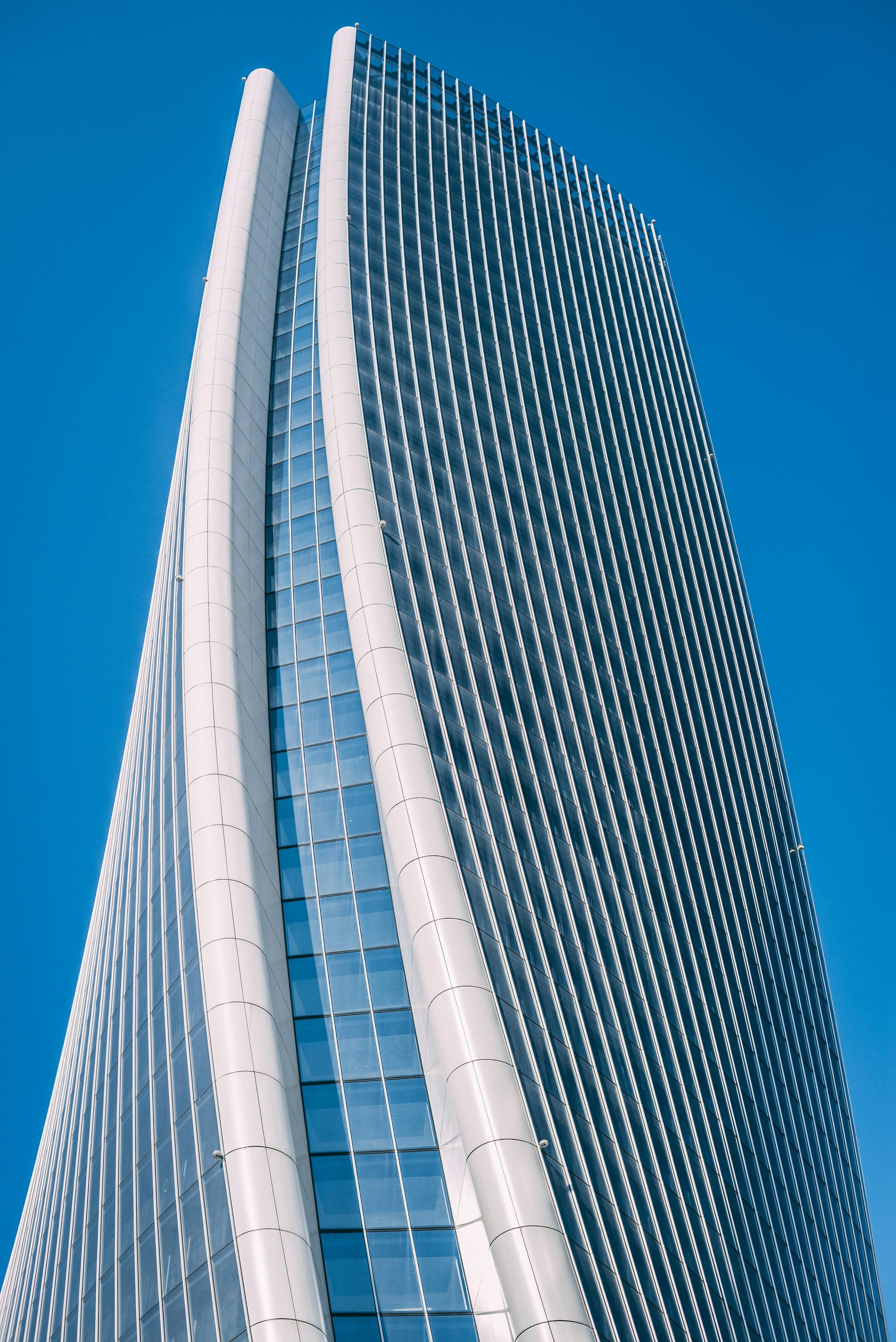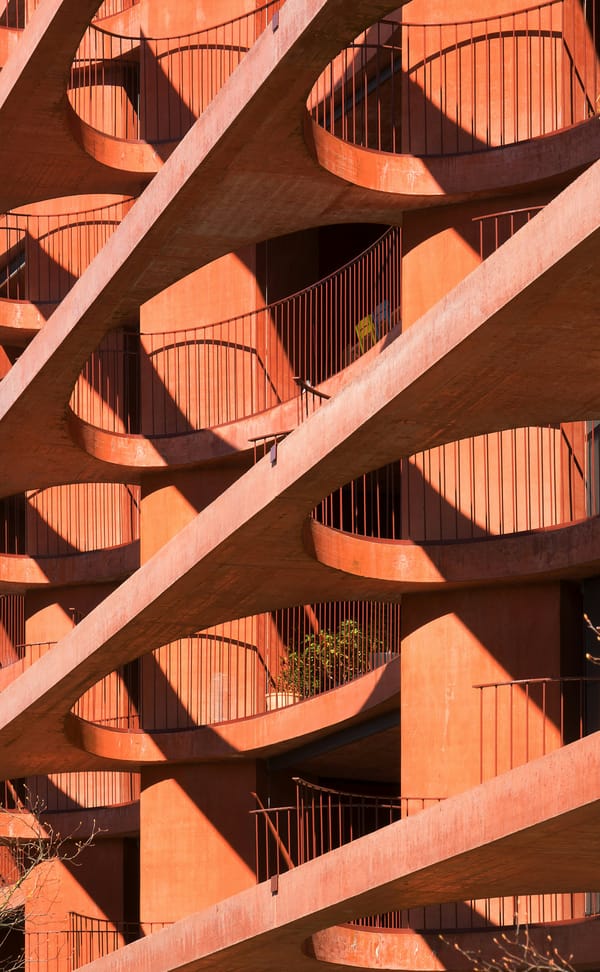City of Lines
People
In the heart of modern civilization, there emerges not just a city — but a diagram. City of Lines is a conceptual and visual meditation on urban geometry, a place where architecture does not merely occupy space, but communicates through lines, edges, and symmetry.

In this city, the skyline isn’t accidental — it is intentional. The buildings don’t just rise — they align.
This is the urban future reimagined as a living blueprint.
The Language of Lines
Lines are more than design elements. They are boundaries, bridges, and systems.
- Vertical lines: ambition, growth, hierarchy
- Horizontal lines: stability, logic, limitation
- Diagonal intersections: conflict, transformation, innovation
In City of Lines, the entire metropolis is a composition — like sheet music written in glass and steel. Every structure becomes a note, every street a stanza. The city pulses not with chaos, but with order.
This order is not restrictive. It is liberating through clarity.
A Grid That Breathes
At first glance, the city may appear rigid. But look again.
- The grid is flexible.
- The patterns evolve with sunlight and shadow.
- Reflections shift with time and weather.
This is not a static place. City of Lines is a living system, breathing through its symmetry and rhythm.
When you stand at the center and look up, the buildings seem to lean inward — not with weight, but with purpose. They frame the void at the center, drawing your eye upward, inward, forward.
Minimalism as Monumentality
There is no ornament here.
There is no noise.
The beauty lies in precision. In how the angles repeat, how materials echo each other, how light is sculpted between towers. This is minimalism not as reduction — but as amplification.
- Less decoration means more clarity.
- Less distraction means more impact.
In City of Lines, space is sacred. And silence is part of the design.
Points of Essence:
- Name Meaning: "City of Lines" represents structure, order, rhythm, and connectivity in the urban landscape.
- Design Philosophy: Controlled geometry meets living urbanism.
- Mood: Calm, powerful, analytical, futuristic.
- Function Concepts: Urban center, architectural exhibit, futuristic corporate hub, or visual metaphor for connected systems (data, culture, economy).
- Symbolism:
- Vertical = ambition
- Grid = system
- Negative space = awareness
- Reflection = duality
Conclusion: Geometry as a Worldview
In City of Lines, the city is not only built — it is composed.
Here, we do not get lost in complexity. We find clarity through structure.
We are not dwarfed by height. We are centered by design.
This is more than architecture.
It is a language of progress, written in line, light, and logic.
You May Also Like
 New
New

